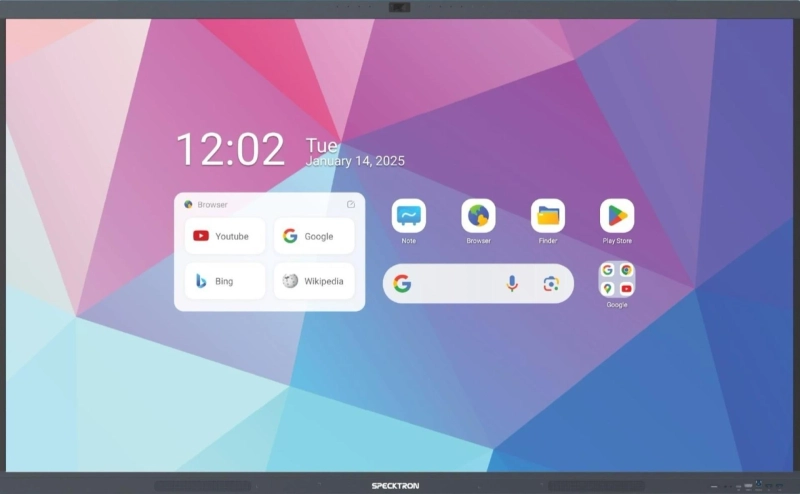In the ever-evolving world of education, traditional teaching methods are giving way to more dynamic, engaging approaches. One such innovation is the concept of "Anchored in Knowledge: An Interactive Display in Education"—an immersive learning strategy that transforms passive learning into an active, hands-on journey.
What is an Interactive Display Experience in Education?
An interactive display experience in education is a learning environment where students actively engage with content through touch, observation, and real-time interaction. Instead of simply listening to lectures or reading textbooks, learners interact with models, digital screens, simulations, and tactile exhibits that bring concepts to life.
This approach is anchored in the belief that knowledge is best retained when it is experienced, not just explained. It taps into different learning styles—visual, auditory, and kinesthetic—ensuring that every student can connect with the material in a meaningful way.
Key Features of an Interactive Display Experience:
Touchscreen Interfaces: Allow students to explore data, animations, and interactive lessons at their own pace.
- Physical Models and Simulations: Hands-on activities where students can manipulate objects to observe scientific principles or historical contexts.
- Augmented Reality (AR) & Virtual Reality (VR): Immersive technologies that transport learners to virtual environments for deeper exploration.
- Real-Time Feedback: Interactive assessments and quizzes that provide instant feedback to reinforce learning.
Why Is This Approach Effective?
- Enhances Engagement: Interactive displays capture students’ attention and make learning fun.
- Improves Retention: Hands-on experiences lead to better memory retention compared to passive study methods.
- Encourages Critical Thinking: Students analyze, experiment, and solve problems in real time.
- Promotes Collaboration: Many interactive setups are designed for group work, fostering teamwork and communication skills.
Applications in Education
- STEM Education: Interactive science labs where students conduct virtual experiments or manipulate 3D models of molecules.
- History and Social Studies: Digital timelines, AR-powered historical reenactments, and interactive maps to explore global cultures.
- Language Learning: Interactive games and activities that build vocabulary, grammar, and conversational skills.
- Art and Design: Virtual studios where students can experiment with colors, shapes, and digital media.
Real-Life Examples of Interactive Display Experiences
- Digital Planetariums: Students explore the universe by interacting with celestial models and space simulations.
- Interactive Science Museums: Exhibits where visitors can generate electricity, simulate earthquakes, or study human anatomy through touchscreens.
- Virtual Classrooms: Using VR headsets to attend virtual field trips to ancient ruins or distant planets.
The Future of Learning: Anchored in Knowledge
The concept of being "anchored in knowledge" means more than just having information at your fingertips. It’s about creating a learning environment where knowledge is experienced, understood, and internalized through active participation.
Interactive display experiences in education are paving the way for a future where learning is not confined to classrooms but extends into immersive, transformative environments that inspire curiosity and discovery.



